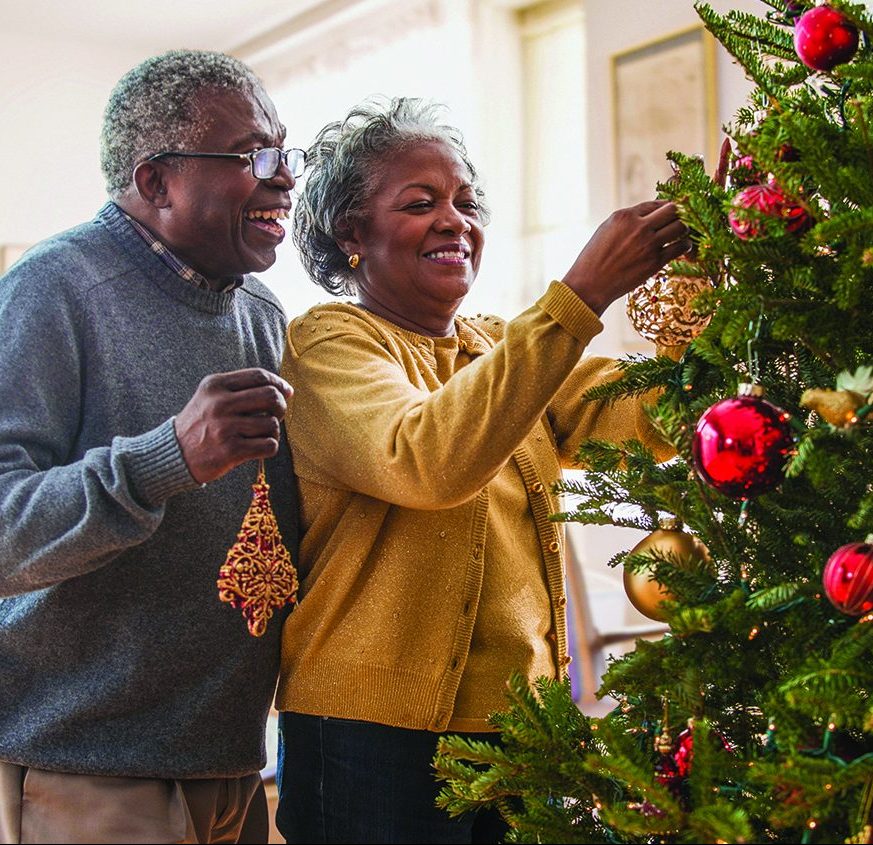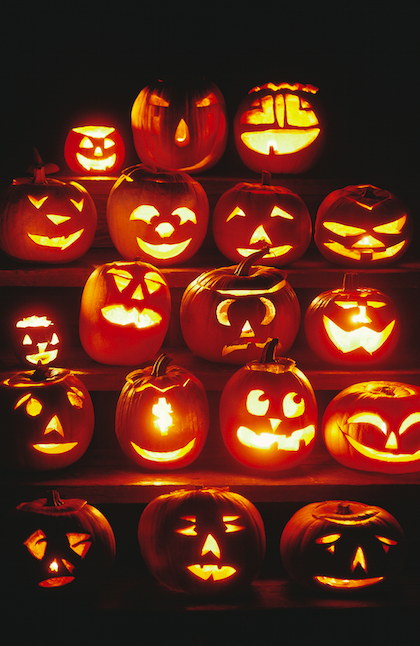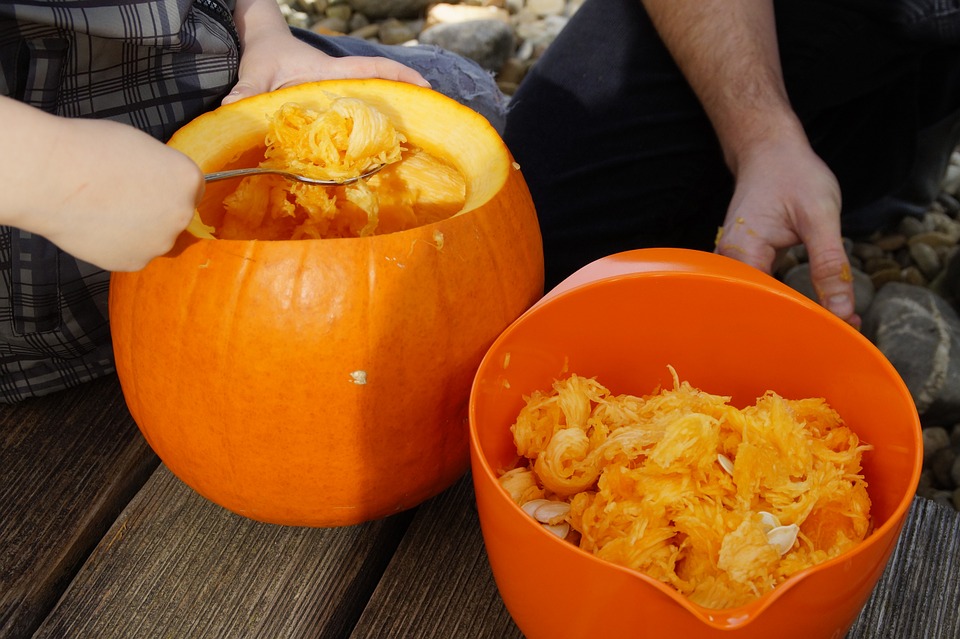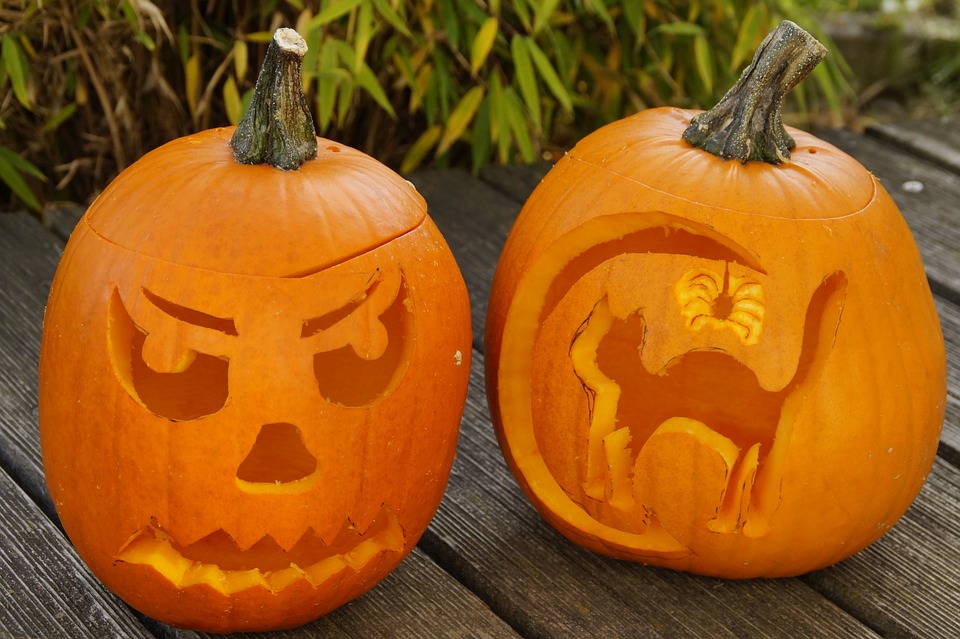The end of the year marks a period of heightened festivity. Come the holiday season, homes and businesses are decorated and everyone seems to have an extra spring in their step.
The sight of snowflakes, candy canes, evergreen wreaths, and Christmas trees can elicit nostalgia for happy holidays of the past, as well as excitement for what is yet to come. When it comes to decorating for the holidays, there are certain items that set the scene.
• Christmas trees: Germany is credited with starting the modern Christmas tree tradition. It dates back to the 16th century when devout Christians brought trees into their homes and decorated them. German settlers brought Christmas tree traditions to America upon their arrival in Pennsylvania in the 19th century.
• Mistletoe: Mistletoe is known as the “kissing plant” and it is customary for couples to kiss while standing beneath the plant, typically hung in doorways and arches. Mistletoe was once hung to drive off evil spirts and ensure fertility. Kissing under the mistletoe was first found associated with the Greek festival of Saturnalia and later with primitive marriage rites.
• Lights: Lights are commonly seen during the holiday season. The custom of having holiday lights dates back to when Christmas trees were decorated with candles, which symbolized Christ being the light of the world. These traditions evolved from pagan rituals that would celebrate the return of light of the sun as the days grow longer after the winter solstice.
• Yule log: Many families burn a yule log in the fireplace and watch it burn while listening to Christmas carols. The familiar custom of burning the log dates back to solstice celebrations and the tradition of bonfires. The Christmas tradition called for burning a portion of the log each evening until Twelfth Night, also known as the Epiphany, which takes place on January 6.
• Poinsettias: Poinsettias are a tropical plant that originated in Mexico. Joel Roberts Poinsett was the first Ambassador from the United States to Mexico. He became enamored with the plants, and brought them back to his native South Carolina. An old Mexican legend suggests a poor girl had nothing to offer baby Jesus at Christmas Eve services, so she picked a handful of weeds and put them at the bottom of the nativity scene. These weeds burst into bright red flowers and became known as “Flores de Noche Buena,” or “Flowers of the Holy Night.”
Holiday decorations borrow traditions from all over the world to help establish a festive wonderland.



 Jack-o’-lanterns and other carved pumpkin designs are frequently the centerpieces of Halloween festivities. The twinkling lights and orange glow of jack-o’-lanterns can add ambiance to any autumn event. The trouble with carving pumpkins is that most people want to do it right away, only to discover their pumpkins wilt and decay long before Halloween.
Jack-o’-lanterns and other carved pumpkin designs are frequently the centerpieces of Halloween festivities. The twinkling lights and orange glow of jack-o’-lanterns can add ambiance to any autumn event. The trouble with carving pumpkins is that most people want to do it right away, only to discover their pumpkins wilt and decay long before Halloween. · Use an artificial light source. Reduce the heat inside of the pumpkin and encourage hydration by selecting a battery-powered light instead of a lit candle to illuminate the carving.
· Use an artificial light source. Reduce the heat inside of the pumpkin and encourage hydration by selecting a battery-powered light instead of a lit candle to illuminate the carving.

